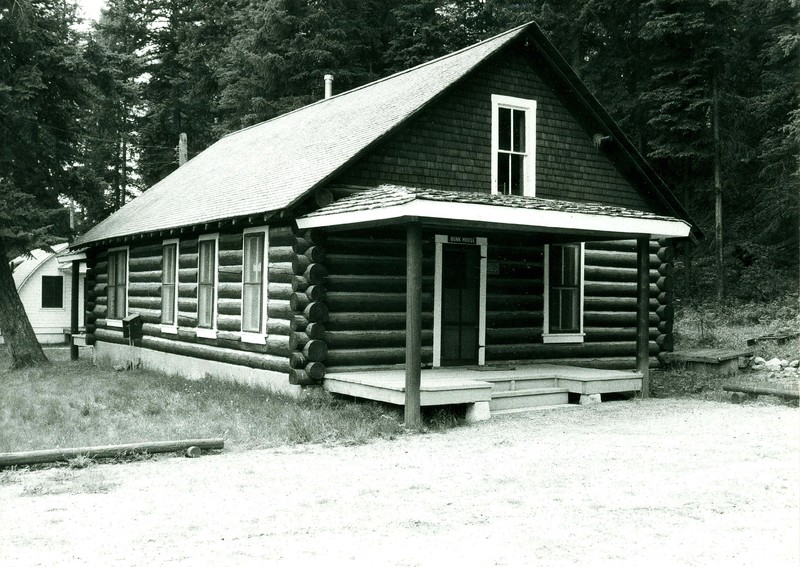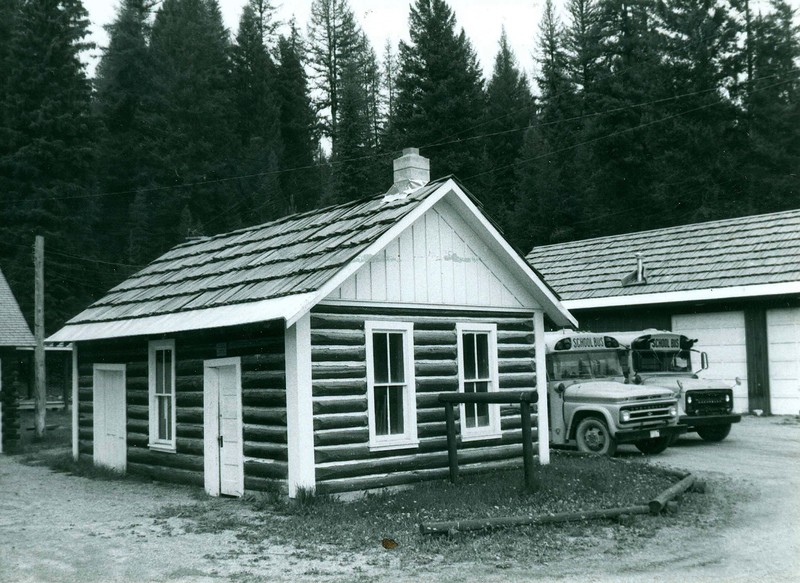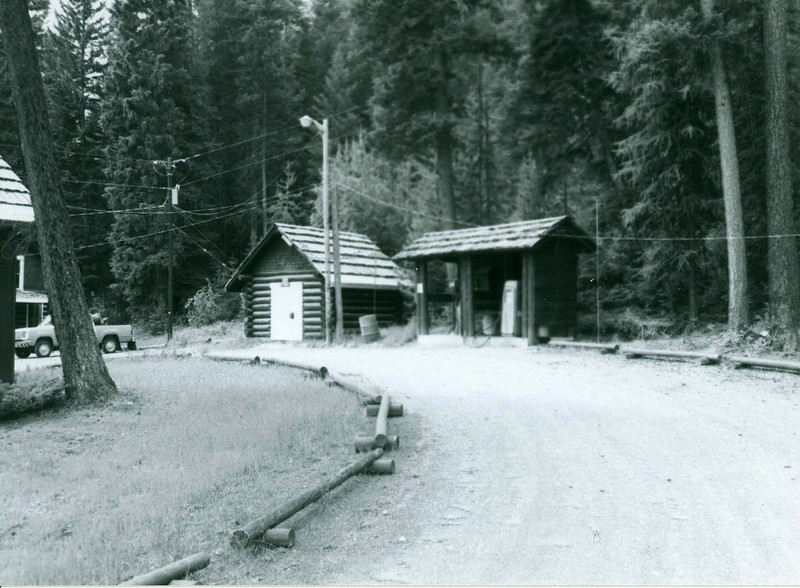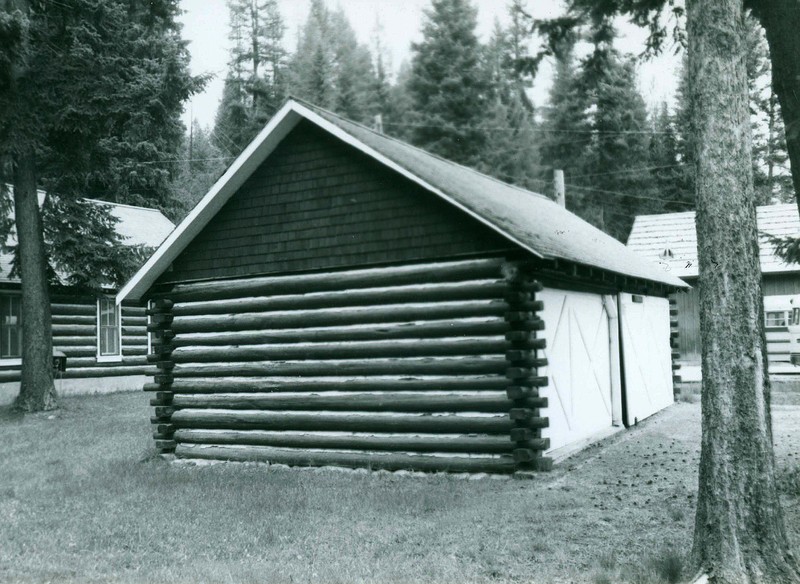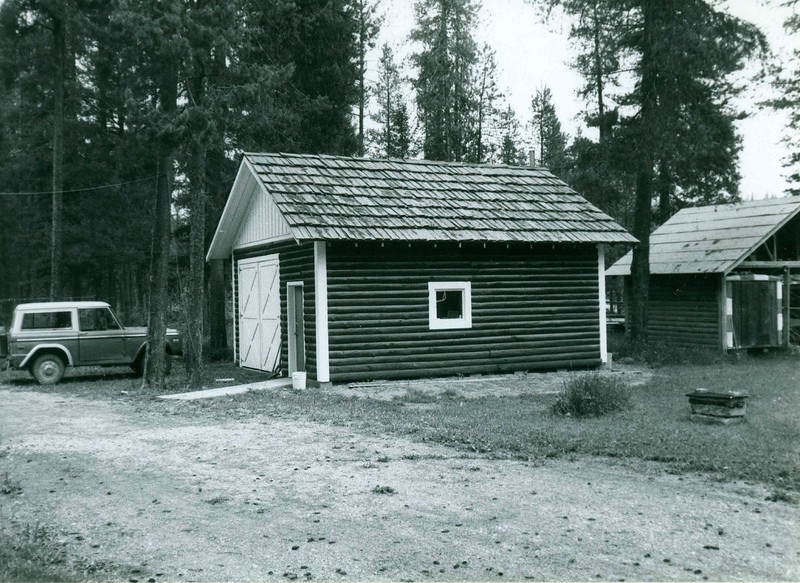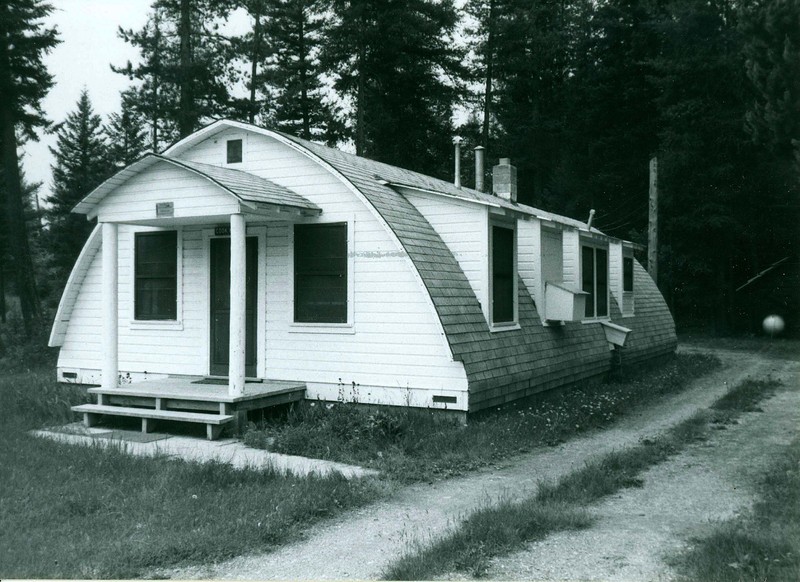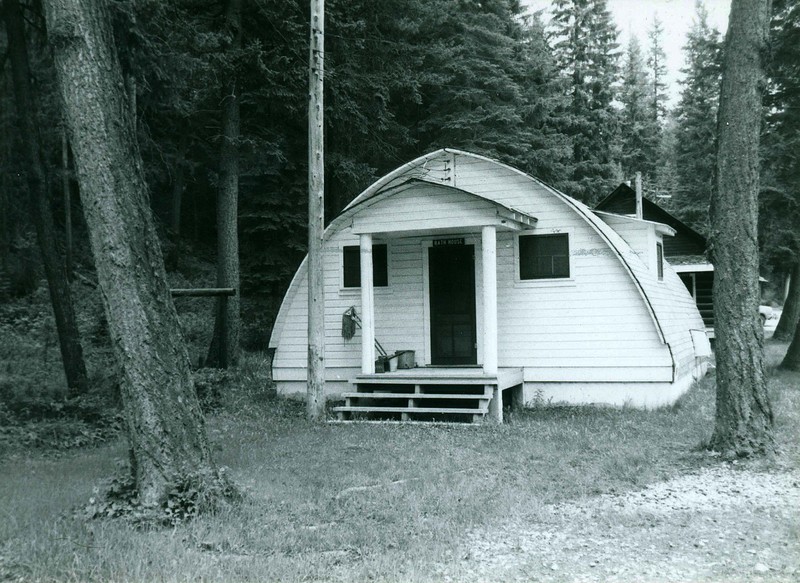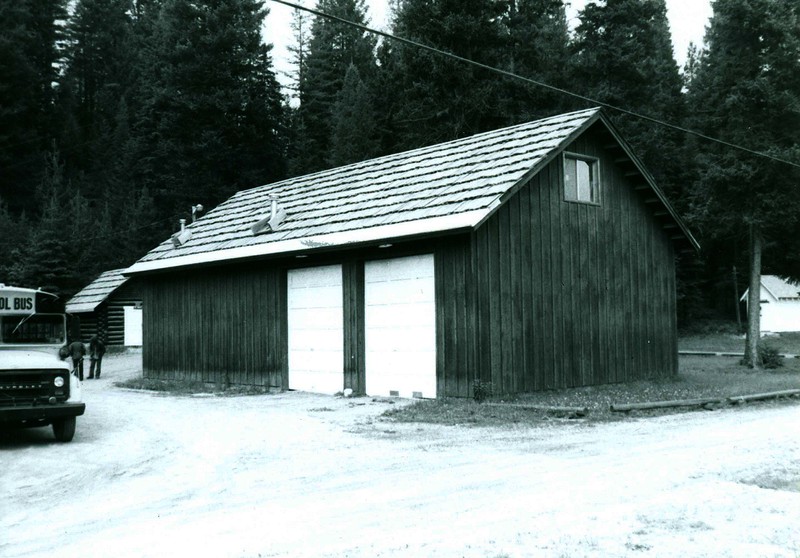Stillwater Ranger Station Historic District
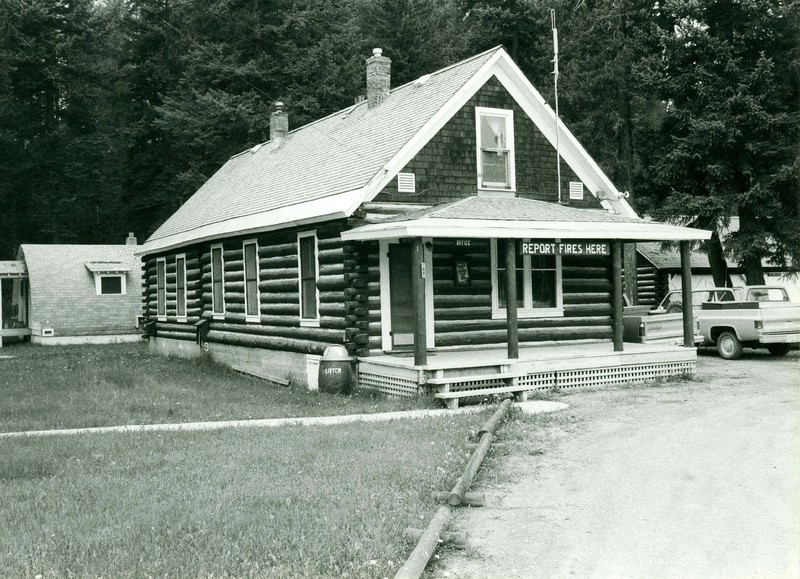
The Stillwater Forest and its ranger station mark a milestone in the history of state forestry. The Enabling Act of 1889 laid a tenuous foundation for today’s system by granting Montana two sections of land in every township, stipulating that the income generated must be used for education. It soon became apparent that effective management of 500,000 widely scattered acres was impossible. The Office of the State Forester, created in 1909, advocated consolidation of state holdings as the solution. In 1912, the State Forester proposed to swap the Forest Service 60,000 acres of state-owned sections for a like amount here in the Whitefish and Stillwater drainages. President Woodrow Wilson approved the exchange in 1918. Stillwater became Montana’s first state forest. Through the efforts of State Forester Robert McLaughlin, the first log structure at Stillwater Ranger Station was built in 1922. At McLaughlin’s urging, the 1925 legislature designated the Stillwater Forest a managed site. After 40,000 timbered acres burned in 1926, the Stillwater Ranger Station became a year-round facility for timber management and fire protection and was the only major ranger station in the state system until 1954. Ranger Pete De Groat built the main log residence in 1928, and CCC forestry crews added several more buildings in the 1930s. Maurice Cusick, supervisor from 1936 to 1967, built four others. Today, these historic log buildings constructed of local materials are a tribute to Montana’s early forestry and conservation efforts.
Images

